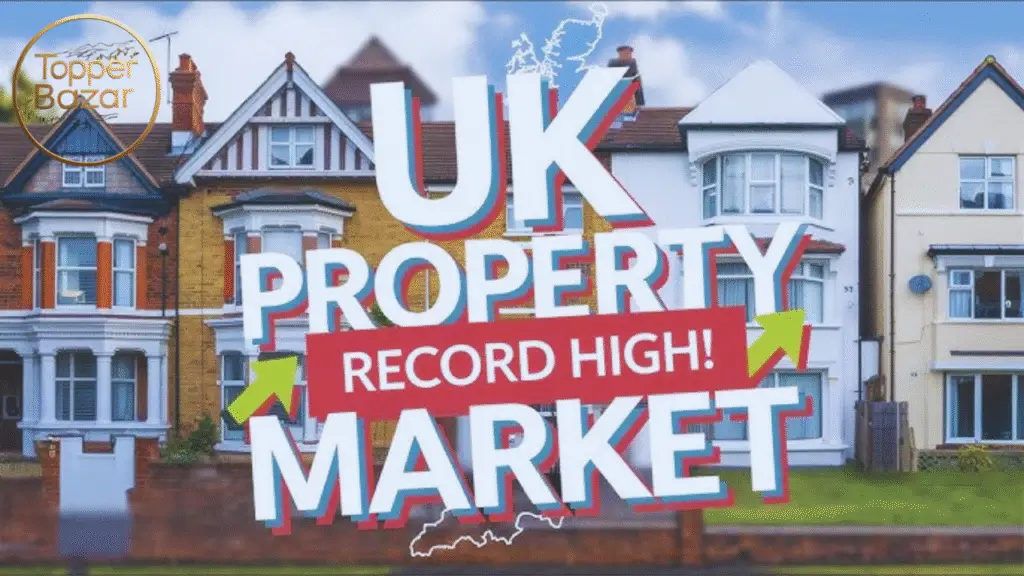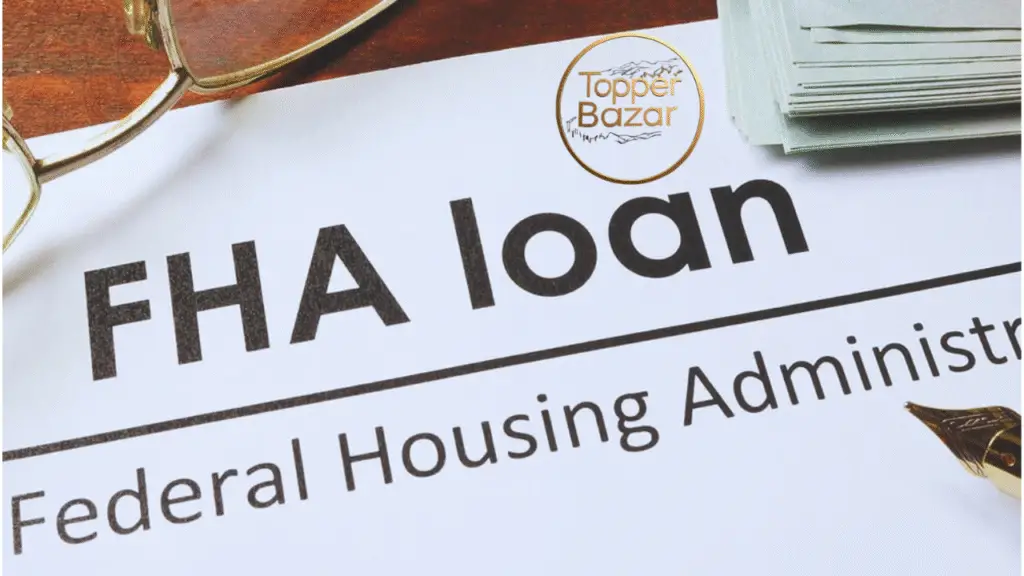House Flipping is an exciting real estate investment strategy that involves buying a property, renovating it, and selling it for a profit, making it a compelling option for personal finance and investing in the UK property market in 2025. With house prices projected to rise 2–4% and a buyer’s market offering 12% more homes than in 2024, flipping can yield strong returns if done right. However, it comes with risks like renovation costs and market fluctuations. This article explores how house flipping works, its benefits and risks, and practical steps to succeed as a flipper in the UK.

What is House Flipping?
House Flipping involves purchasing a property at a lower price, often one needing repairs, renovating it to increase its value, and selling it for a profit. For example, you might buy a fixer-upper for £200,000, spend £30,000 on renovations, and sell it for £280,000, earning a £50,000 profit before taxes and fees. In the UK, flippers target undervalued properties in high-demand areas like Manchester or Birmingham, leveraging market growth (e.g., 5% in the North West) to maximize returns. Flipping requires careful planning, market knowledge, and financial discipline to succeed.
How House Flipping Works
The house flipping process follows these steps:
- Research and Purchase: Identify undervalued properties using platforms like Rightmove or Zoopla. Focus on areas with strong price growth (e.g., Northern Ireland at 9.5–15.2%).
- Renovate: Budget for repairs or upgrades, like kitchens or bathrooms, to boost value. Keep costs 10–15% below expected profit to ensure viability.
- Sell: List the property at a competitive price, aiming to sell within 3–6 months to minimize holding costs (e.g., mortgage interest, council tax).
- Profit Calculation: Subtract purchase price, renovation costs, and fees (e.g., stamp duty, legal fees) from the sale price. For a £280,000 sale, minus £200,000 purchase, £30,000 renovations, and £10,000 fees, the profit is £40,000.
Benefits of House Flipping
- High Profit Potential: A successful flip can yield 20–30% returns. A £200,000 property flipped for £280,000 after £30,000 in costs nets £50,000.
- Market Advantage: In 2025, a buyer’s market (22% of homes unsold after six months) allows negotiating 5–10% below asking, lowering purchase costs.
- Equity Building: Flipping builds capital for future investments, supporting long-term wealth creation.
- Skill Development: Learn renovation, negotiation, and market analysis, enhancing personal finance skills.
- Demand-Driven: High-demand areas like Manchester (11.3% rental growth) ensure quick sales.

Risks of House Flipping
- Market Volatility: A 7% price drop, like in 2023, can erase profits if the market softens.
- Cost Overruns: Unexpected repairs (e.g., structural issues) can exceed budgets, reducing margins.
- Holding Costs: Mortgage interest (~5% for buy-to-let), council tax, and utilities add up if the property doesn’t sell quickly.
- Tax Implications: Capital gains tax (10–28% for non-residents, 18–28% for residents) and stamp duty surcharges (3% for additional properties) cut profits.
- Time and Effort: Flipping requires managing contractors, permits, and sales, which can be stressful.
Steps to Start House Flipping in 2025
- Assess Finances: Use a real estate calculator to estimate costs and profits. For a £200,000 purchase, budget £10,000–£15,000 for a deposit (5–7.5%) and £30,000 for renovations.
- Research the Market: Target high-growth areas like Manchester (5% growth) or Birmingham using Zoopla’s sold prices tool. Check local demand and renovation trends.
- Secure Financing: Use buy-to-let mortgages (5–6% rates) or bridging loans for quick purchases. Cash buyers avoid interest but need significant capital.
- Find Properties: Look for fixer-uppers or repossessed homes on Rightmove or at auctions, often 10–20% below market value.
- Plan Renovations: Focus on high-ROI upgrades (kitchens, bathrooms) and ensure EPC C ratings by 2030 to meet regulations. Hire reliable contractors via Checkatrade.
- Sell Strategically: List before April 2025 to benefit buyers with higher stamp duty thresholds (£425,000 for first-time buyers), speeding up sales.
Using a House Value Calculator
A house value calculator, like those on Rightmove or Zoopla, is crucial for flipping. It estimates a property’s current and post-renovation value based on location, size, and upgrades. For a £200,000 fixer-upper in Manchester, renovations might boost its value to £260,000. Use the calculator to:
- Set Purchase Price: Offer 5–10% below market value (e.g., £190,000 for a £200,000 home) in a buyer’s market.
- Estimate Profits: Calculate resale value minus costs (purchase, renovations, fees) to ensure 15–20% margins.
- Validate Location: Confirm high-growth areas (e.g., 9.5% in Northern Ireland) for better resale potential.
Tips for Successful House Flipping
- Start Small: Flip a £150,000–£200,000 property to limit risk, using a LISA to fund deposits if eligible (homes under £450,000).
- Budget Conservatively: Allocate 10–15% of the budget for unexpected repairs. A £30,000 renovation should include a £3,000–£4,500 buffer.
- Time Sales: Sell before April 2025 to leverage stamp duty relief (£300,000 threshold post-April increases buyer costs).

House Flipping and Personal Finance
House Flipping aligns with personal finance by generating capital for future investments. A £40,000 profit from a flip can fund a deposit for a buy-to-let property, yielding 6% rental income (£12,000/year on £200,000). Saving £150/month in a high-interest account for 3 years covers initial renovation costs (£5,400), building discipline. Flipping fosters skills like budgeting and market analysis, key to wealth-building.
Regulations and Considerations for 2025
- Stamp Duty: Investors pay a 3% surcharge (e.g., £5,500 on £200,000). Buy before April 2025 to help buyers with higher thresholds.
- Capital Gains Tax: Profits are taxed at 18–28% (basic/higher rate taxpayers). Use ISAs for other investments to offset tax burdens.
- Energy Efficiency: Properties must hit EPC C by 2030. Budget £5,000–£10,000 for upgrades like insulation to attract buyers.
- Renters’ Rights Bill: If renting temporarily, note limits on rent increases (once yearly) starting spring 2025.
Conclusion
House Flipping in the UK’s 2025 property market offers lucrative opportunities for investors with the right strategy. With 2–4% price growth and a buyer’s market, you can profit by targeting undervalued properties in high-growth areas like Manchester. Use house value calculators, budget carefully, and leverage financing like bridging loans. By managing risks and staying informed, House Flipping can boost your personal finance, turning properties into pathways for financial success.




